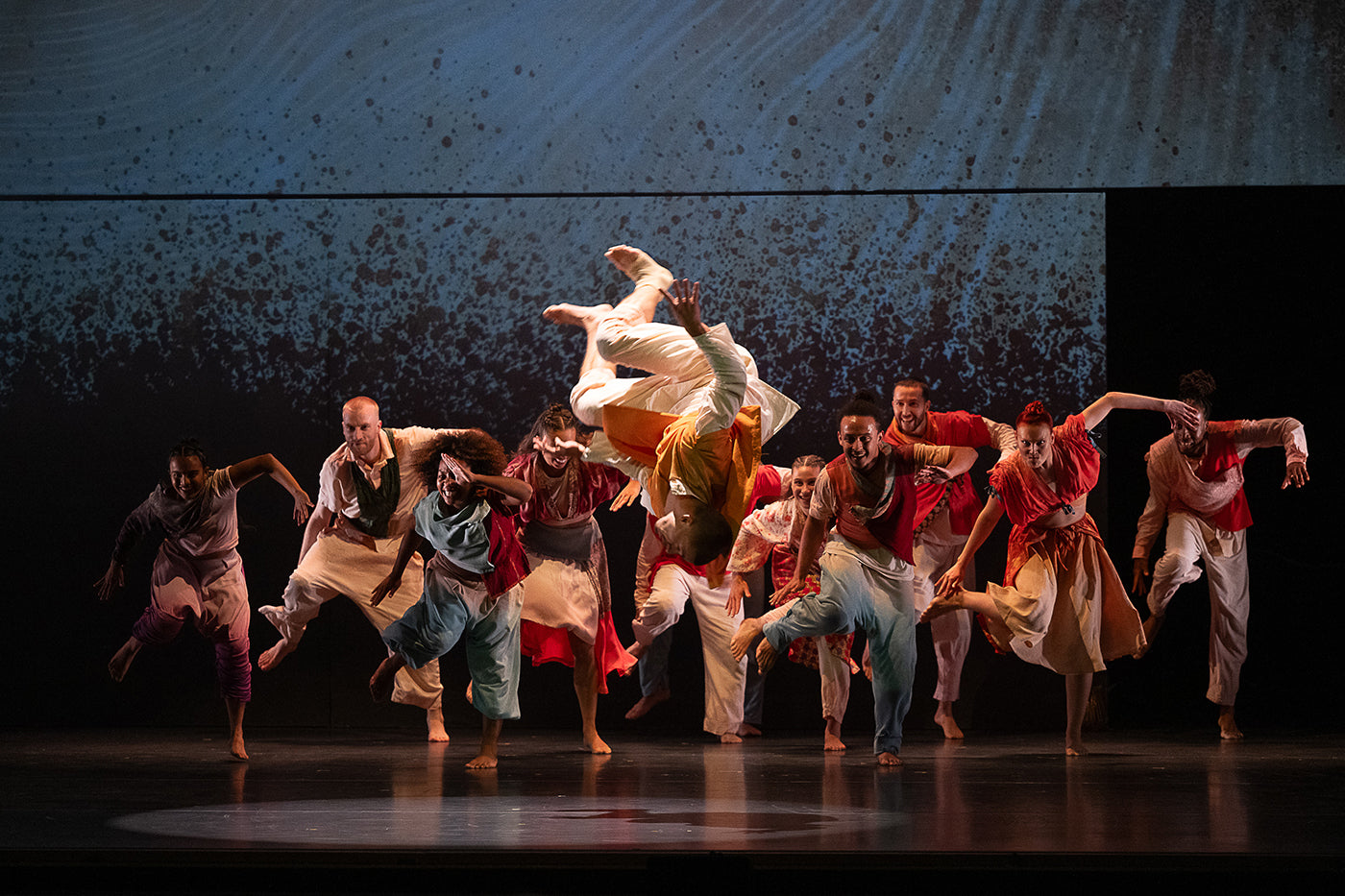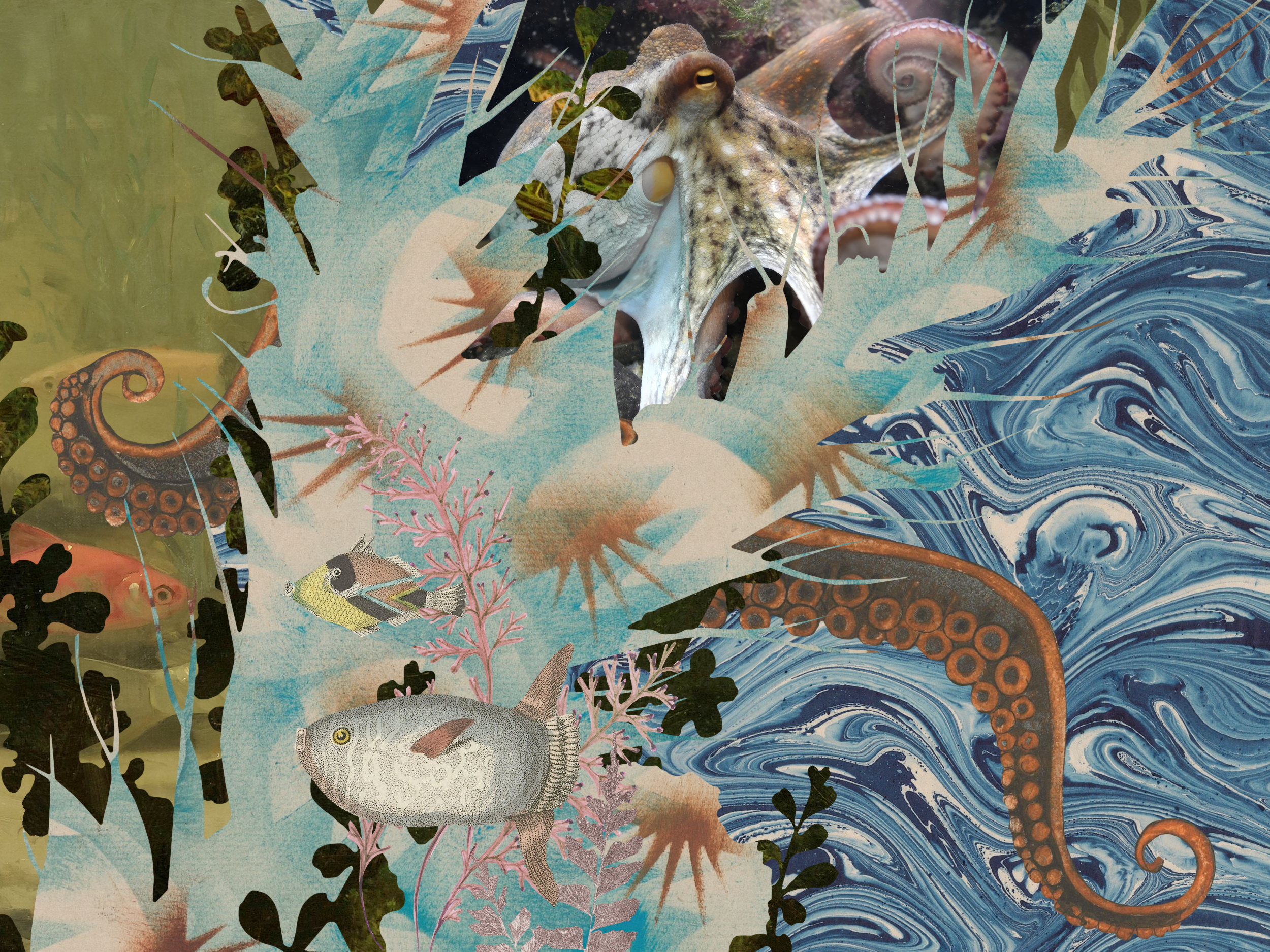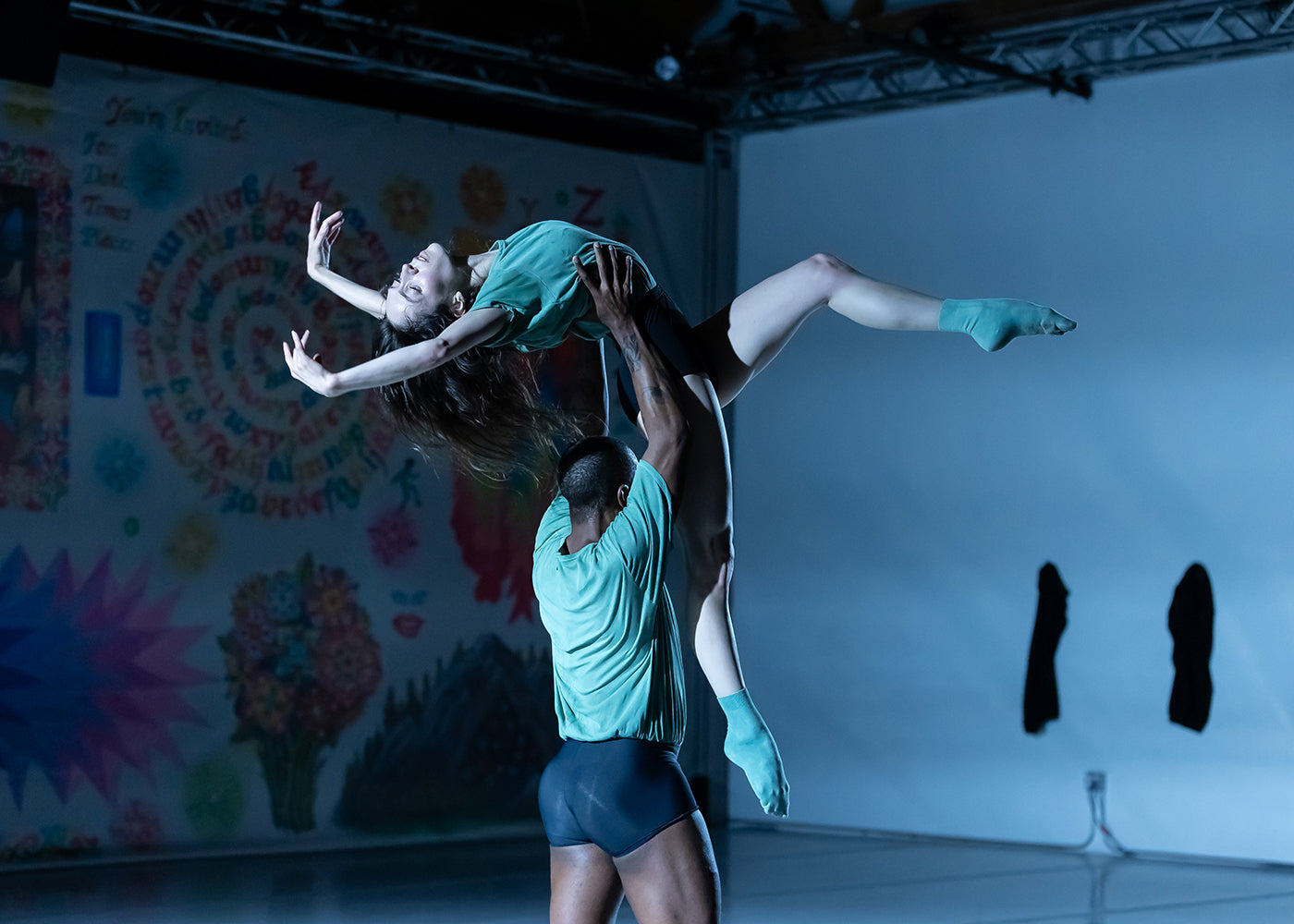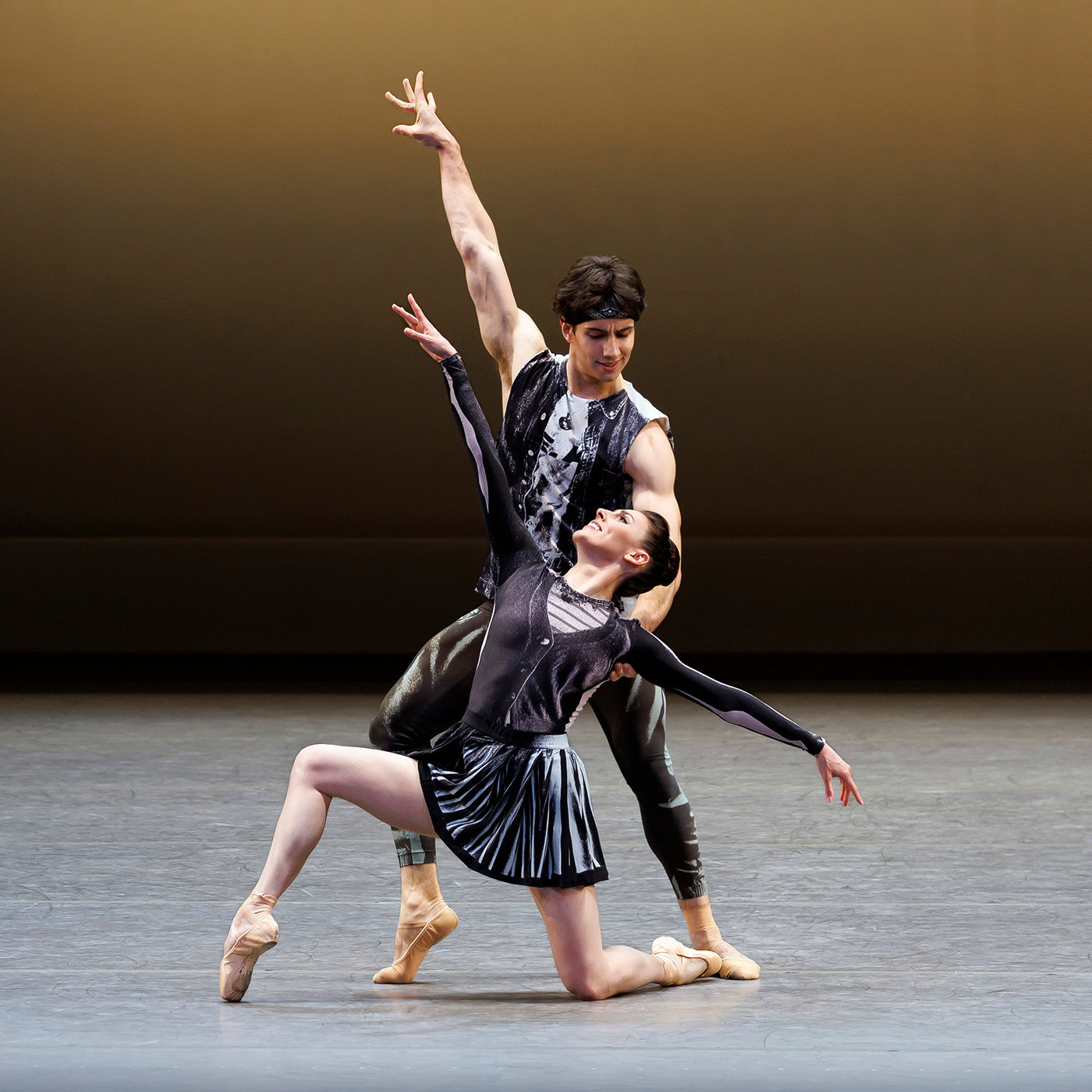I am an educator. I teach college dance students—the majority of them female-identifying—about writing, creative process, and critical reflection, and when I think of them reading Kourlas’s piece I feel a deep sadness and frustration. The #MeToo movement began six years ago. But since then, Roe v. Wade has been struck down and a former president is up on charges of paying hush money to a prostitute. In the dance world, the New York City Ballet has grappled painfully and publicly with its legacy of male leaders’ abuse of their power, beginning with Balanchine. And still. Still, prominent voices in dance are publishing pieces like this in the most visible national media outlet to give space to dance.
To be clear, I don’t take issue with Kourlas’s love of Balanchine but with how she inscribes that love on the public consciousness in an ill-considered way, highlighting Balanchine’s complex relationship with women while dismissing the harm he caused. She ascribes feminist sensibilities to his treatment of the dancers he hired when his life most emphatically belied them. (Marrying four of “his” ballerinas? Causing another dancer four pregnancies, then urging on her the four subsequent abortions? Taking roles away from a dancer when she got married, to someone else?) By contrast, when, in 2018, the critic Terry Teachout discussed Balanchine’s obsession with women, he pondered what was to be done with the legacies of “great artists who are also moral monsters.”
Further, Kourlas reduces forty years of feminist interrogation of ballet to this: “What is the feminist knock on ballet? That dancers have no agency. That ballet companies are like cults in which women are starved and controlled by men. That gender biases in dance reduce women to objects, especially when it comes to male-female partnering. That, in ballet, women are referred to as girls long after that ship has sailed.” None of these claims does Kourlas go on to deny, but she does argue that the highly trained dancers’ onstage liberation counts as sufficient compensation, praising the women’s “devotion” (and their implied sacrifices) to the art form.
What I will say to my students is this: There is no way that a dancer benefitting from training in an oppressive lineage should serve to justify that oppression. Why, when women taking a critical stance (in recently published books and podcasts) against the most powerful male influence in American ballet history, does the Times give Kourlas a platform to put them down, to imply that they act from bitterness or disappointed hopes (“a former ballet student who failed to advance at the School of American Ballet”) rather than from a wish to see the art form they love continue to evolve into an expansive, inclusive world more hospitable to others than it was to them?
According to the Dance Data Project, “Of 1,075 announced works for the 2022-2023 season amongst the largest 150 U.S. ballet and classically influenced companies, 27% are choreographed by women, which is a further reduction [from] the 2021-2022 season (29% choreographed by women).” Ballet’s history of exclusion (of women from leadership, of BIPOC artists, of queer identities ) is both old news and chronic. The Times itself has reported on this repeatedly and often in depth, which makes the prominence of Kourlas’s piece all the more frustrating.
Finding freedom and feminism in ballet is certainly possible and in fact happening all around us, but not by just shutting up and dancing your Balanchine, dear. Look at the work of Ballez, celebrating “all the queers that ballet has left out.” And consider in closing the vision of Juilliard Dance Division head Alica Graf Mack, from a January 2023 interview with Jezebel: “I believe that ballet is one of the most brilliant movement technologies that a dancer can embody, and it’s our responsibility to make the movement ideas relevant for today’s artists.” Mack, a former dancer with Alvin Ailey American Dance Theater and Dance Theatre of Harlem, concludes: “What we must do is address some of the challenging cultural norms of classical ballet that have not shifted with time.”









comments